These carpets are falsely called Samarkand carpets, an ancient city of Uzbekistan, in the same way as Khotan and Yarkend carpets.
In fact, it is under this bad name that the creations of Chinese Turkestan have been named on Western markets for a long time.
Their name Samarkand comes from the fact that Kashgar, Yarkend and Khotan were sold at the end of the 19th century on the very important market of Samarkand, while these three types of carpets originate from their own production area, the oases. bearing their names. These rugs are more delicate and more beautiful and enormously more sought after than the very beautiful pieces that are the Tekké, Yomoud..... rugs from West Turkestan, which I adore and collect. The Kashgar remain the most highly valued in our group and only careful examination of the structure and decoration of each example allows the identification of the origin with certainty, but this does not mean that the Khotan and Yarkend are devalued, on the contrary, these are actively sought-after rugs. Our model presents a peach field decorated with a pale yellow trellis trapping a stylized flower in each stitch. Six medallions or rosettes, blue and yellow, are placed on the field. The composition with repeated medallions is one of the rarest 5,6,8, the most common being that with three medallions which shows the Buddhist influence and its symbolism: Buddha and his two disciples. The presence of a blue Greek decorated with Swastikas forms the entire border. It turns out that we attribute these Swastikas without hesitation to the missionary movement of Buddhist monks of the 1st century AD. These monks who left northwest India and Afghanistan reached the oases and the major centers of the ancient and mythical Silk Road. They therefore introduced Greco-Buddhist art in Kashgaria but also in China, which explains the presence of Greeks also in Chinese carpets. The particularity of the Kashgar compared to the Yarkend and Khotan is also the very dark line, the marked outline of the motifs, an element that is not found or is more lightly applied to the other two types. The colors shown on our model are yellow, blue, midnight blue, cream brown, peach and white. It is very likely that our colors have altered slightly over time, despite this they remain very present on certain elements of the decoration. Our carpet is in good condition, despite normal wear and tear due to its good age. Despite these slight defects, the amateur or connoisseur will not be held back, the little-known Kashgar constitute one of the most appreciated creations of the art of Oriental carpets. Note that these rugs have the particularity of having their width often multiplied by two for the length, in fact they are elongated format rugs, the length therefore most often reaches double the width. These rugs are present in large collections and in the largest museums. ## History of peoples and countries: From the 18th century to the first half of the 19th century, while the West distinguished between the various Turkic languages (branches of Altaic languages), certain foreign researchers and writers invented the term " Turkestan" to refer to the region south of the Tianshan Mountains and northern Afghanistan, which generally covers areas from southern Xinjiang to Central Asia. They called the regions on both sides of the Pamirs "West Turkestan" and "East Turkestan".
Thank you for your attention.
This rug has been professionally and eco-friendly cleaned.
For any request I can be reached on 06 13 36 09 30 or winsteinprovence@gmail.com
Dimensions: Width: 162cm (63") x Length: 302cm (118")
FREE SHIPPING FOR FRANCE 0€ / EUROPE 25€ / WORLD 50€
www.winsteinprovence.com
## Texts and photos Winstein, rights reserved


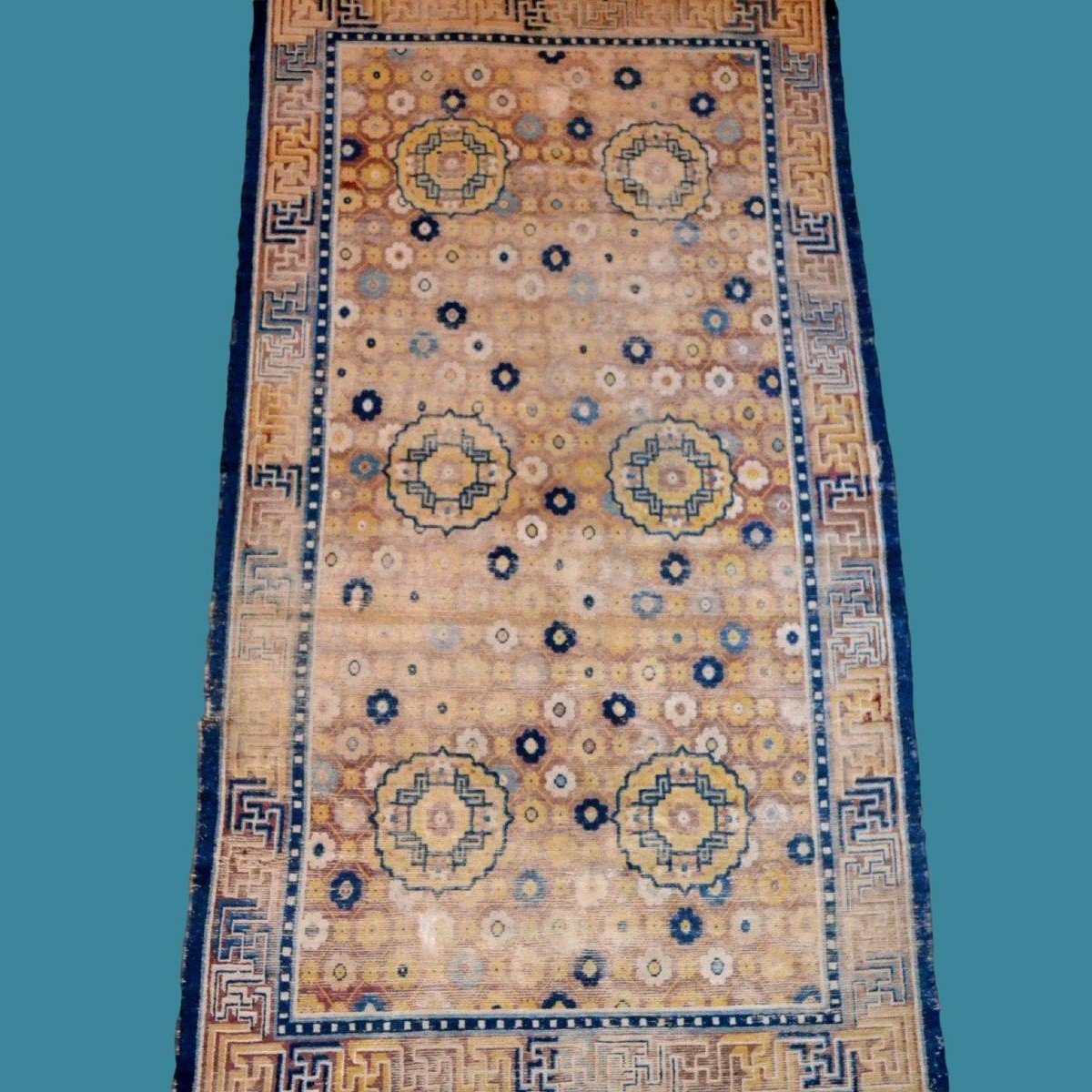
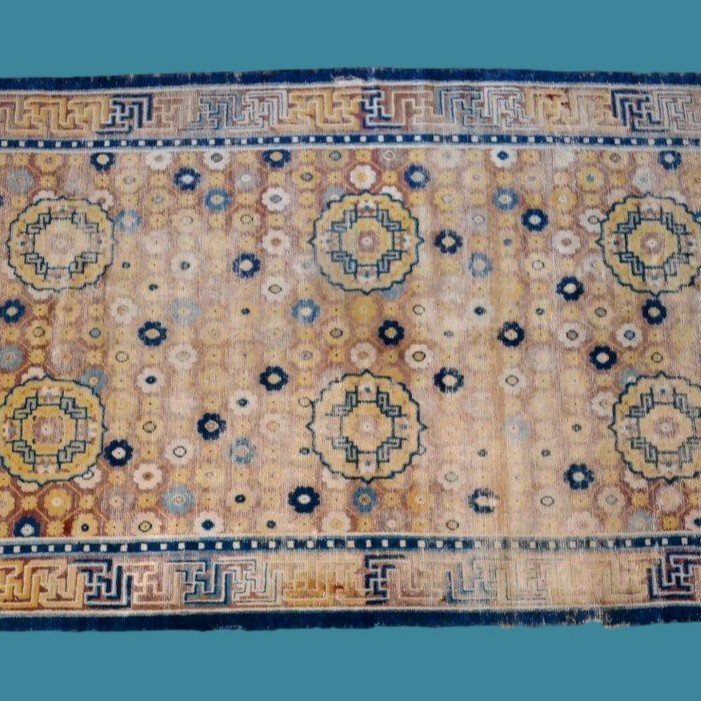
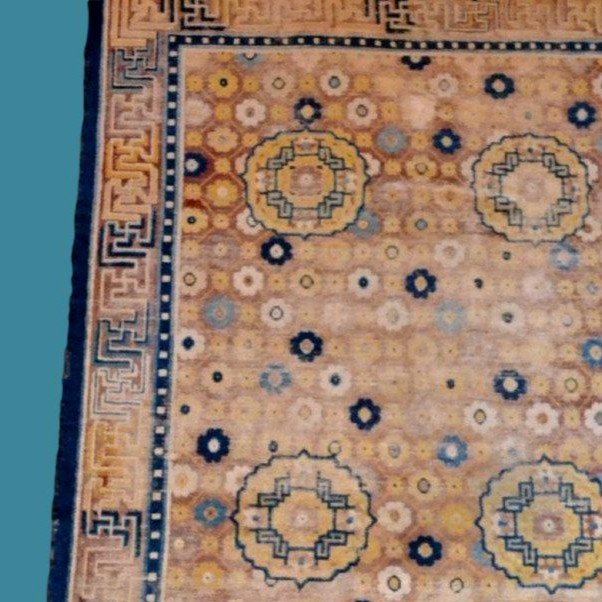
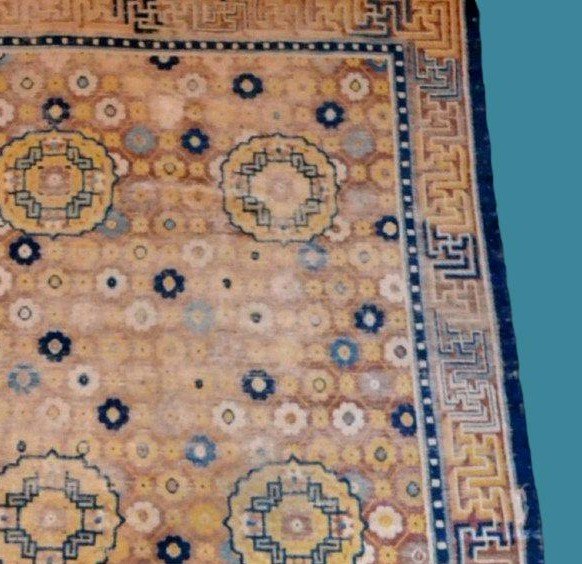
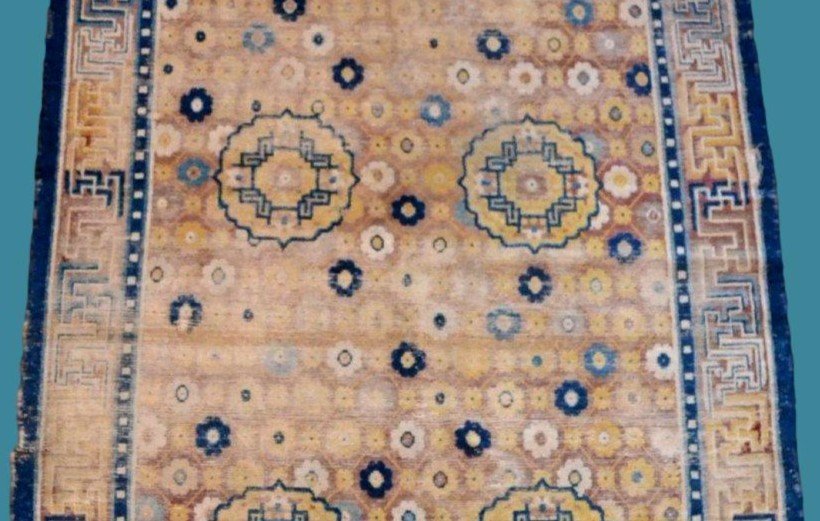
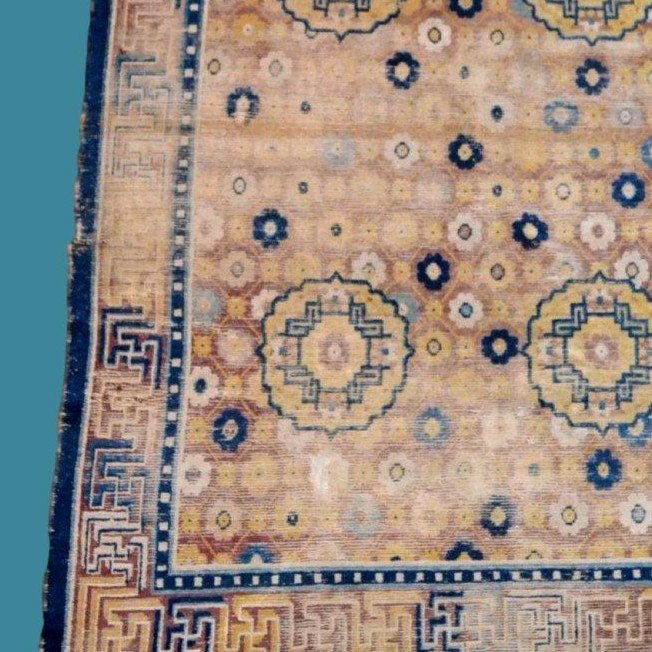
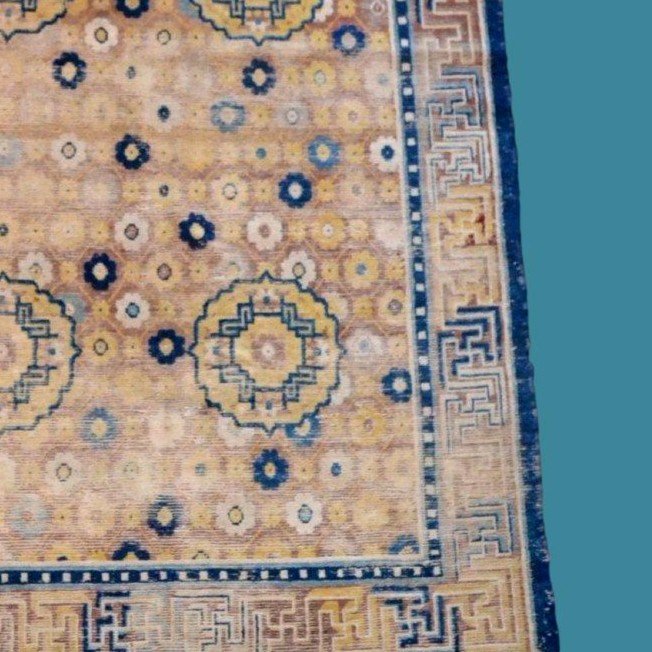
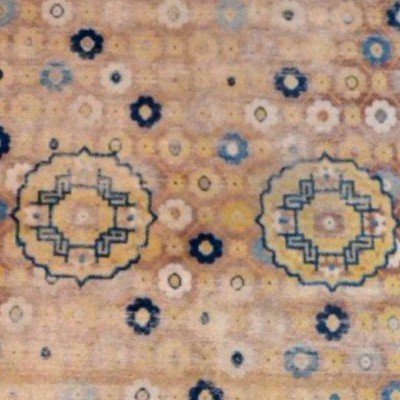
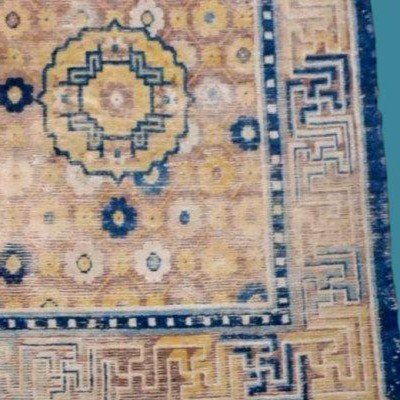
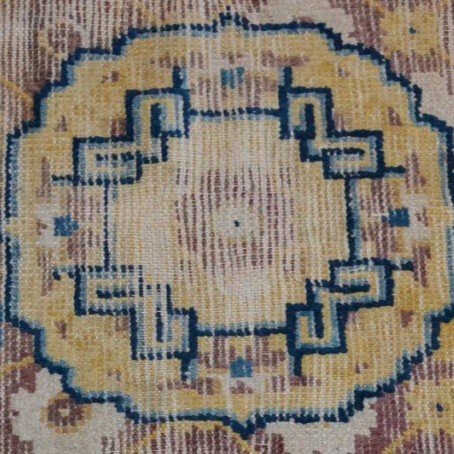
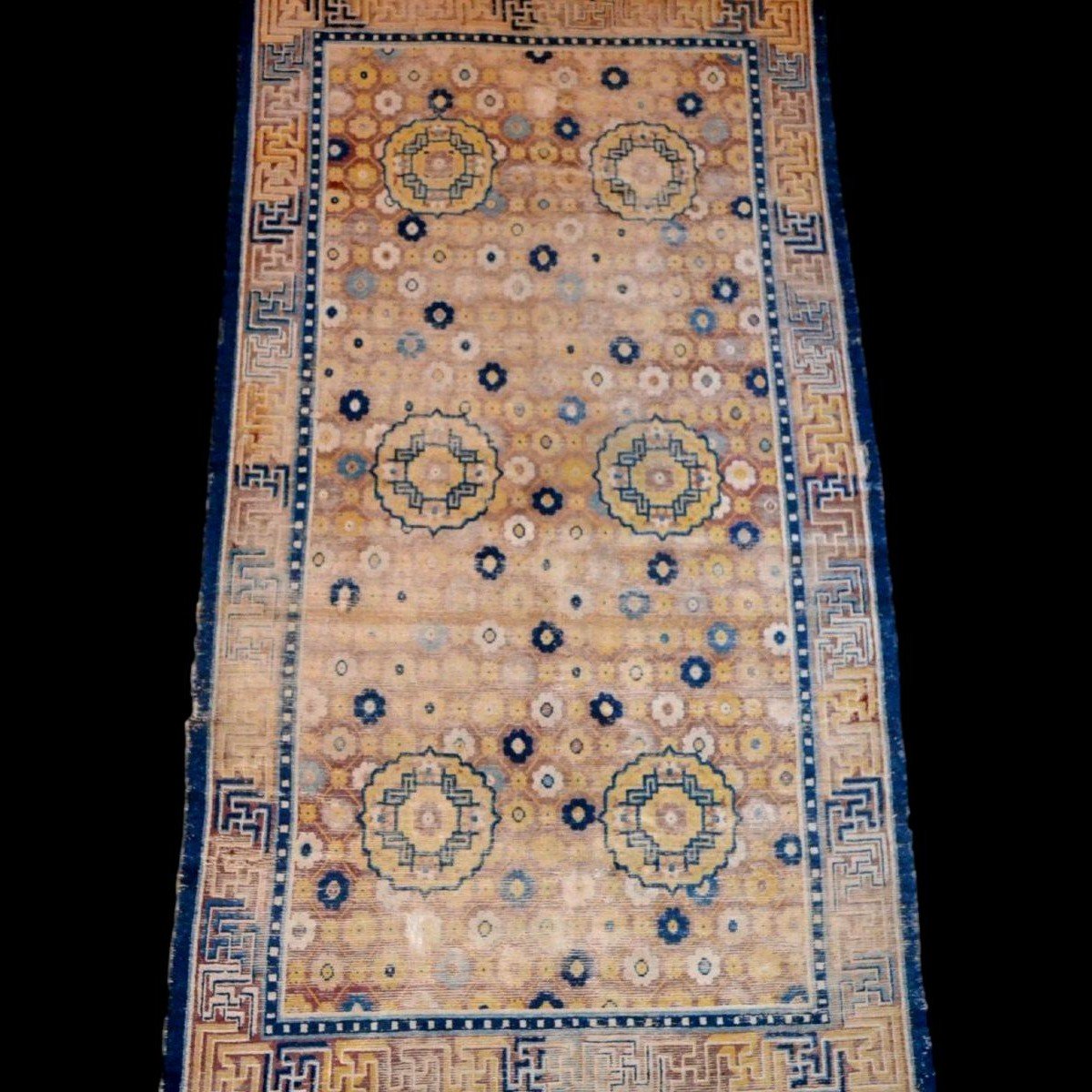
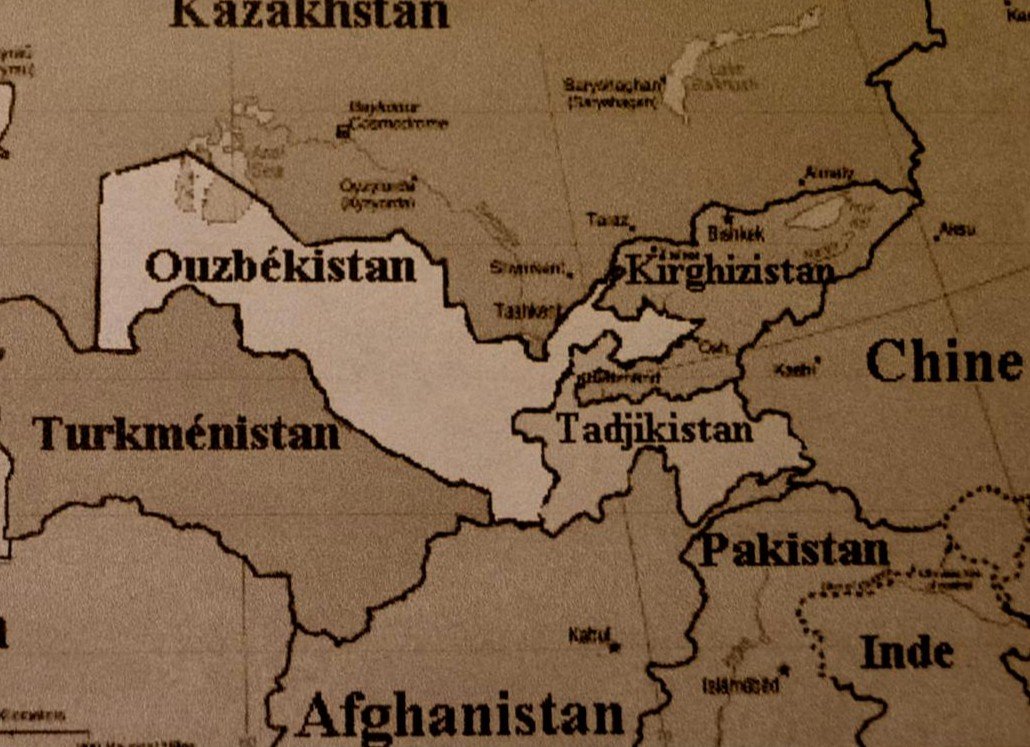













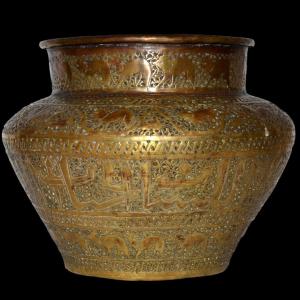




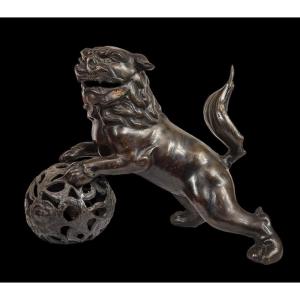
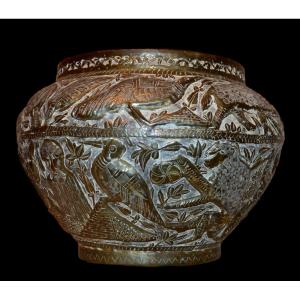




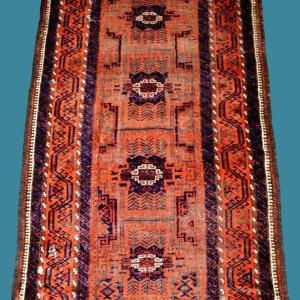
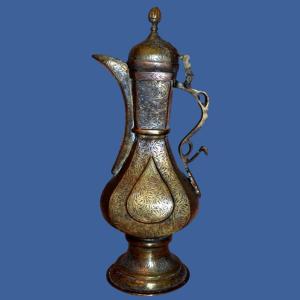
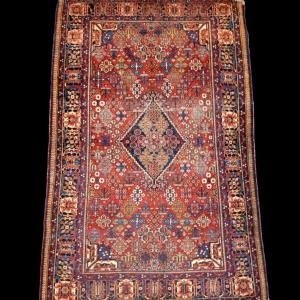
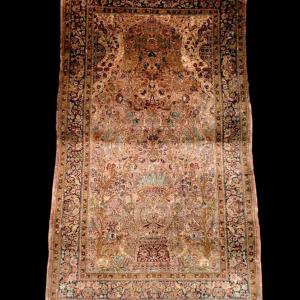
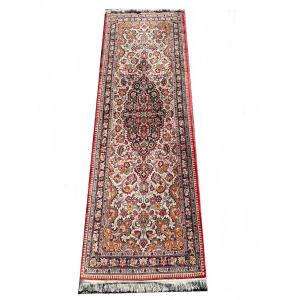







 Le Magazine de PROANTIC
Le Magazine de PROANTIC TRÉSORS Magazine
TRÉSORS Magazine Rivista Artiquariato
Rivista Artiquariato